Home>Articles>How Long Before You Can Drive On A New Concrete Driveway
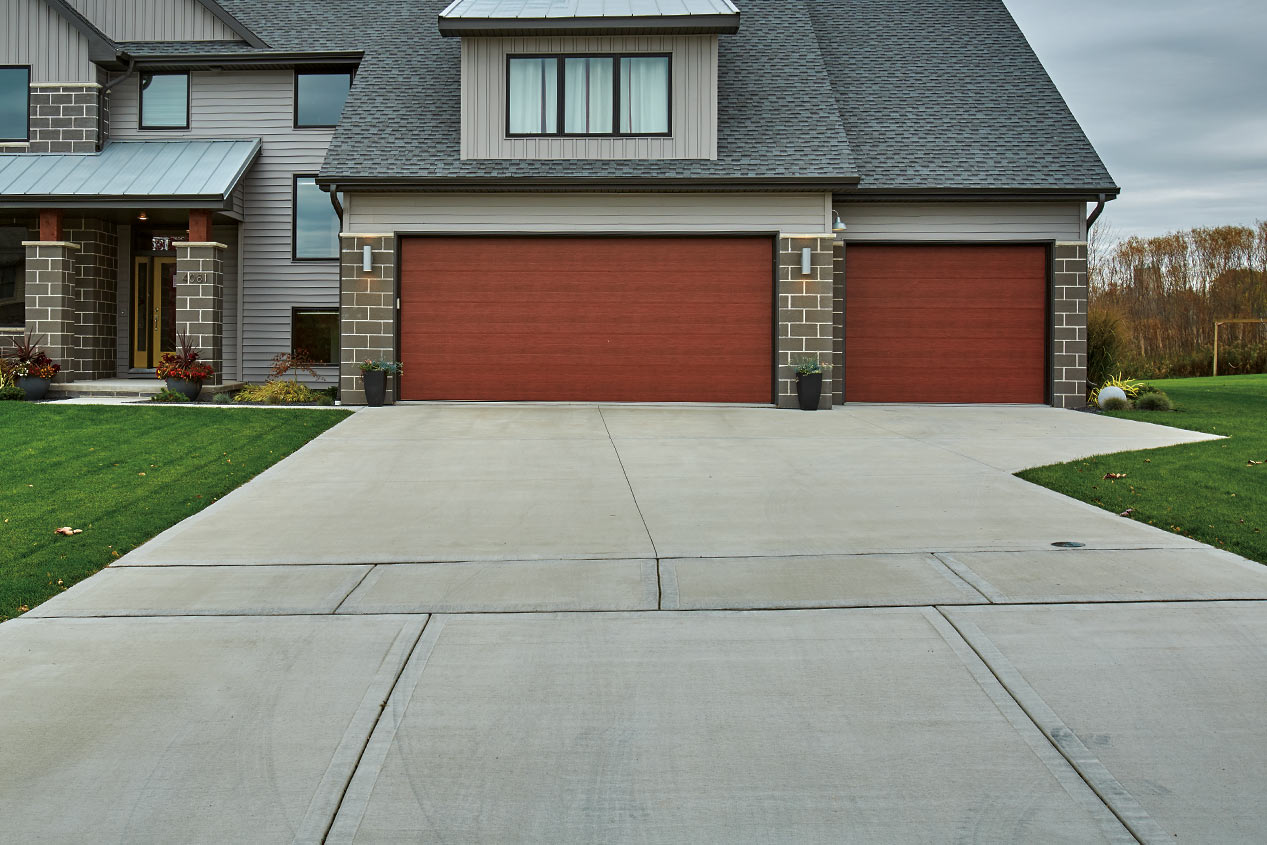

Articles
How Long Before You Can Drive On A New Concrete Driveway
Modified: February 23, 2024
Read our informative articles on how long you need to wait before driving on a freshly poured concrete driveway. Gain valuable insights and ensure your driveway stays intact for years to come.
(Many of the links in this article redirect to a specific reviewed product. Your purchase of these products through affiliate links helps to generate commission for Storables.com, at no extra cost. Learn more)
Introduction
Having a brand new concrete driveway can be an exciting addition to your home. Not only does it enhance the appearance of your property, but it also provides a smooth and durable surface for vehicles to drive on. However, before you can start using your new driveway, it is crucial to allow the concrete to cure properly.
Curing is the process of allowing the concrete to harden and reach its full strength. During this time, the concrete undergoes a chemical reaction that binds the ingredients together, creating a solid and stable surface. While it may be tempting to start using your new driveway right away, it is important to exercise patience and give the concrete enough time to cure properly.
In this article, we will discuss the factors that can affect the curing time of a new concrete driveway, the recommended waiting period before driving on it, signs to look for to determine if the concrete is ready for vehicle traffic, and tips for maintaining and protecting your new driveway.
Key Takeaways:
- Patience is crucial when waiting for a new concrete driveway to cure. Factors like weather, mix design, and proper placement affect curing time. Follow recommended waiting periods and maintenance tips for a durable, long-lasting driveway.
- Before driving on a new concrete driveway, look for signs of readiness such as hardness, color change, and absence of moisture. Conduct a strength test or seek professional advice for added assurance. Implement proper maintenance to protect your investment and ensure long-term durability.
Factors Affecting the Curing Time of a New Concrete Driveway
The curing time of a new concrete driveway can vary depending on several factors. These factors can impact how quickly the concrete reaches its full strength and durability. Understanding these factors will help you determine the appropriate waiting period before driving on your new driveway.
1. Weather Conditions
Weather plays a significant role in the curing process of concrete. Temperature and humidity levels can affect how quickly concrete cures. In general, warmer temperatures and higher humidity levels can speed up the curing process, while colder temperatures and lower humidity levels can slow it down. It is important to consider the weather conditions during and after the concrete is poured to determine how long it will take to cure.
2. Concrete Mix Design
The mix design of the concrete used for your driveway can also impact its curing time. The proportion of cement, water, aggregates, and additives in the concrete mix can influence how quickly it hardens. Concrete mixes with a higher cement content or the addition of accelerators can result in faster curing times. On the other hand, mixes with lower cement content or the use of retarders can extend the curing time.
3. Thickness of the Concrete
The thickness of the concrete driveway can affect the curing time as well. Thicker concrete takes longer to cure compared to thinner sections. This is because thicker sections retain more heat and moisture, which can slow down the curing process. It is important to take into account the thickness of the concrete when estimating the curing time.
Read more: When Can A New Asphalt Driveway Be Sealed
4. Proper Concrete Placement and Finishing
The way the concrete is placed and finished can impact its curing time. Proper placement techniques, such as using the right equipment and ensuring good compaction, can help the concrete cure more evenly and efficiently. Similarly, proper finishing techniques, such as using a bull float or trowel, can promote proper moisture retention and curing. Incorrect placement and finishing techniques can result in uneven curing and weaker concrete.
5. Use of Curing Methods
Implementing curing methods can help accelerate the curing process of the concrete. These methods involve applying additional moisture or using coverings to trap moisture and heat. Common curing methods include wet curing (keeping the concrete wet by spraying water on it), plastic sheeting, curing compounds, and concrete blankets. Using effective curing methods can shorten the overall curing time of the concrete driveway.
By considering these factors and their impact on the curing time, you can estimate how long it will take for your new concrete driveway to cure properly. It is essential to give the concrete enough time to reach its full strength and durability before subjecting it to vehicle traffic.
Recommended Waiting Period before Driving on a New Concrete Driveway
After pouring a new concrete driveway, it is crucial to give it sufficient time to cure and harden before subjecting it to the weight and pressure of vehicles. Driving on the concrete too soon can compromise its integrity and lead to cracks, damage, or premature wear and tear. While the exact waiting period may vary depending on various factors, there are general guidelines to follow.
1. Standard Waiting Period
In most cases, it is recommended to wait at least 7 days before driving on a new concrete driveway. This waiting period allows the concrete to achieve sufficient strength to withstand vehicle traffic. However, it is important to note that this is a general guideline and the actual curing time may vary based on factors such as weather conditions, concrete mix design, and thickness of the concrete.
Read more: How Long Does It Take For A Driveway To Dry
2. Cure Strength Test
One of the most reliable ways to determine if a concrete driveway is ready for vehicle traffic is by conducting a cure strength test. This test involves drilling a small hole in the surface of the cured concrete and inserting a specialized testing device to measure its compressive strength. The test results can provide an accurate assessment of the concrete’s strength and help determine if it is safe to drive on.
3. Visual Inspection
In addition to the waiting period and cure strength test, visually inspecting the concrete driveway can also provide valuable insights. Look for signs of cracking, flaking, or surface damage. If the concrete appears to be in good condition and there are no visible signs of weakness, it may be safe to start using the driveway before the full 7-day waiting period. However, exercise caution and be mindful of heavy loads or sudden braking during the initial use.
4. Professional Advice
If you are unsure about the appropriate waiting period for your specific concrete driveway, it is always recommended to consult with a professional. An experienced concrete contractor or engineer can assess the condition of the concrete, consider the relevant factors, and provide informed advice on when it is safe to start driving on the new driveway.
Remember, allowing the concrete ample time to cure and harden is crucial for its long-term performance and durability. It is better to be patient and wait for the recommended waiting period rather than risking potential damage to your new driveway.
Signs to Look for to Determine if the Concrete Driveway is Ready for Vehicle Traffic
Before driving on a new concrete driveway, it is important to ensure that it has reached a sufficient level of strength and durability. While the recommended waiting period is a good guideline, there are signs you can look for to determine if the concrete is ready for vehicle traffic. These signs indicate that the concrete has cured adequately and can withstand the weight and pressure of vehicles.
Read more: How Long Can You Drive On A Bad Water Pump
1. Hardness
One of the easiest ways to assess whether the concrete driveway is ready for vehicle traffic is to check its hardness. Gently press your thumbnail into the surface of the concrete. If it leaves a mark or is easily indented, the concrete is still too soft and needs more time to cure. However, if the surface feels solid and doesn’t yield to pressure, it is a good indication that the concrete has hardened sufficiently.
2. Color Change
Another sign to look for is a color change in the concrete. Freshly poured concrete is typically darker and may appear wet or shiny. As the concrete cures, it gradually lightens in color and becomes dull or matte. If you observe a noticeable color change in the concrete, it is a positive indicator that the curing process is underway and nearing completion.
3. Lack of Surface Moisture
A concrete driveway that is ready for vehicle traffic should be free from surface moisture or water accumulation. If you notice any pools of water or damp patches on the surface, it may indicate that the concrete is still curing and needs more time to dry. It is essential to wait until the surface is completely dry before driving on the driveway.
4. Absence of Cracks
Inspect the surface of the concrete for any visible cracks. While small hairline cracks may be normal and can occur during the curing process, larger or more significant cracks indicate that the concrete is not yet fully cured or has experienced structural issues. If you notice any cracks, it is advisable to consult with a professional to determine the cause and appropriate course of action.
5. Strength Test
If you want to be absolutely certain of the concrete’s readiness for vehicle traffic, you can opt for a strength test. This involves hiring a professional to conduct a compressive strength test on a small sample of the concrete. The test results will provide accurate data on the concrete’s strength and can help determine if it is safe to drive on.
By checking for these signs, you can have a better understanding of whether the concrete driveway is ready for vehicle traffic. It is important to exercise caution and avoid driving on the driveway until you are confident that the concrete has fully cured and is capable of withstanding the demands of regular use.
Tips for Maintaining and Protecting a New Concrete Driveway
Once your new concrete driveway is ready for vehicle traffic, it is essential to implement proper maintenance practices to ensure its longevity and performance. By following these tips, you can protect your investment and keep your driveway looking good for years to come.
1. Regular Cleaning
Regular cleaning is key to maintaining the appearance and condition of your concrete driveway. Remove debris and dirt regularly by sweeping or using a leaf blower. For stubborn stains, use a mild detergent and scrub with a soft-bristle brush. Avoid using harsh chemicals or abrasive cleaners that can damage the concrete surface.
2. Avoid Heavy Loads and Sharp Turns
While concrete is a durable material, it is still susceptible to damage from excessive weight and sharp turns. Avoid parking heavy vehicles, such as large trucks or RVs, on your driveway for extended periods. Also, be mindful of making sharp turns or sudden braking, as these actions can cause stress and potential cracking on the surface of the concrete.
3. Prevent Oil and Chemical Stains
Spills and leaks of oil, gasoline, or other chemicals can leave unsightly stains on your concrete driveway. To prevent stains, clean up spills immediately using an absorbent material, such as cat litter or sawdust, to soak up the liquid. When using chemicals, such as fertilizers or pesticides, take precautions to prevent them from coming into contact with the concrete surface.
4. Seal the Concrete
Consider applying a concrete sealer to protect the surface of your driveway. A good quality sealer forms a protective barrier that helps resist stains, moisture penetration, and UV damage. Regularly reapply the sealer as per the manufacturer’s recommendations to ensure continued protection and longevity of the concrete.
5. Address Cracks and Damage Promptly
If you notice any cracks or damage on your concrete driveway, it is important to address them promptly. Small cracks can be repaired using a concrete crack filler or patching compound. For larger or extensive damage, it is advisable to contact a professional concrete contractor who can assess the situation and recommend the appropriate repair methods.
6. Avoid De-icing Chemicals
In colder climates where ice and snow are common, it is tempting to use de-icing chemicals, such as salt or calcium chloride, to melt ice on the driveway. However, these chemicals can be harmful to concrete and accelerate its deterioration. Use sand or other non-corrosive materials for traction instead, and promptly remove any ice or snow buildup.
By following these maintenance tips, you can protect and prolong the life of your new concrete driveway. Regular cleaning, avoiding heavy loads and sharp turns, preventing stains, sealing the concrete, addressing cracks promptly, and avoiding de-icing chemicals will help keep your driveway in excellent condition for years to come.
Conclusion
Investing in a new concrete driveway is a significant decision for any homeowner. To ensure its longevity and durability, it is imperative to allow the concrete to cure properly before driving on it. Factors such as weather conditions, concrete mix design, thickness, and proper placement techniques can affect the curing time of the concrete. It is crucial to consider these factors and follow the recommended waiting period before subjecting the driveway to vehicle traffic.
By paying attention to the signs indicating the readiness of the concrete, such as hardness, color change, absence of moisture, and lack of cracks, you can determine when it is safe to start using the driveway. Conducting a cure strength test or seeking professional advice can further aid in assessing the concrete’s readiness for vehicle traffic.
Once your new concrete driveway is ready for use, implementing proper maintenance practices will contribute to its long-term condition and appearance. Regular cleaning, avoiding heavy loads and sharp turns, preventing stains, sealing the concrete, addressing cracks promptly, and avoiding de-icing chemicals are essential for maintaining and protecting the driveway.
Remember, patience is key when it comes to a new concrete driveway. Taking the time to allow the concrete to cure properly and following proper maintenance practices will ensure that your driveway remains strong, durable, and aesthetically pleasing for years to come.
So, for all those eager to drive on their new concrete driveway, exercise patience, follow the recommended waiting period and guidelines, and take the necessary steps to maintain and protect your investment. Your new driveway will not only enhance the curb appeal of your home but also provide a smooth and reliable surface for many years of safe and enjoyable use.
Frequently Asked Questions about How Long Before You Can Drive On A New Concrete Driveway
Was this page helpful?
At Storables.com, we guarantee accurate and reliable information. Our content, validated by Expert Board Contributors, is crafted following stringent Editorial Policies. We're committed to providing you with well-researched, expert-backed insights for all your informational needs.
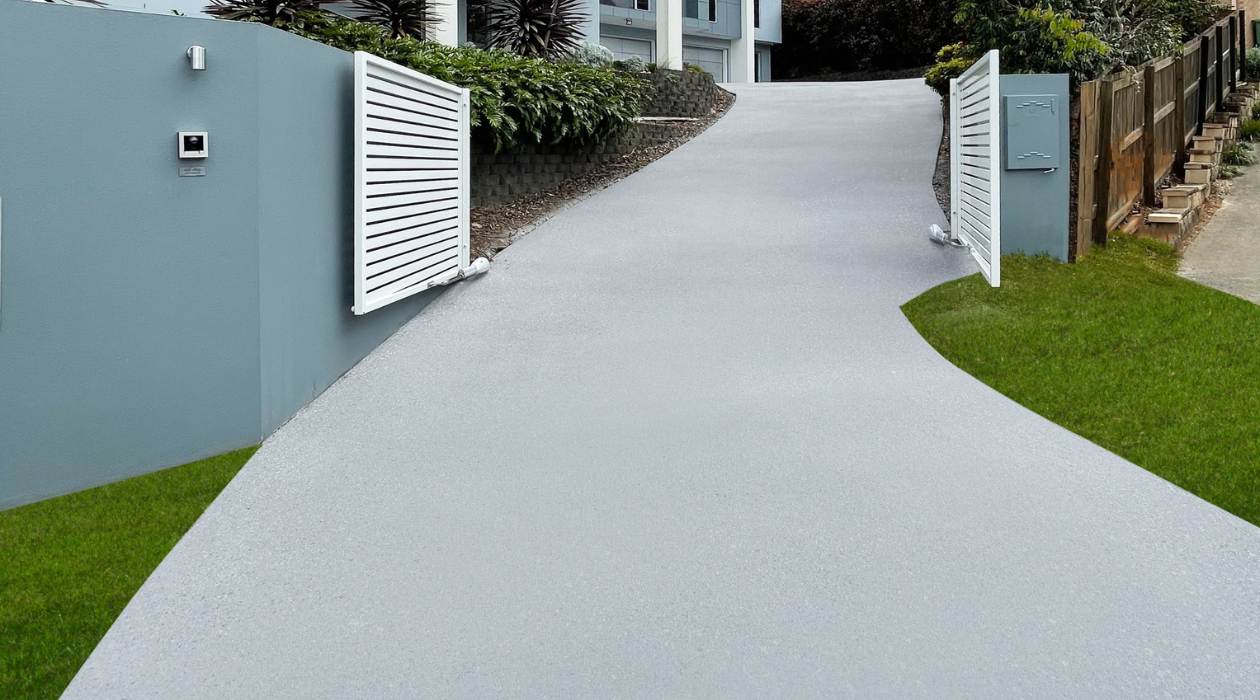
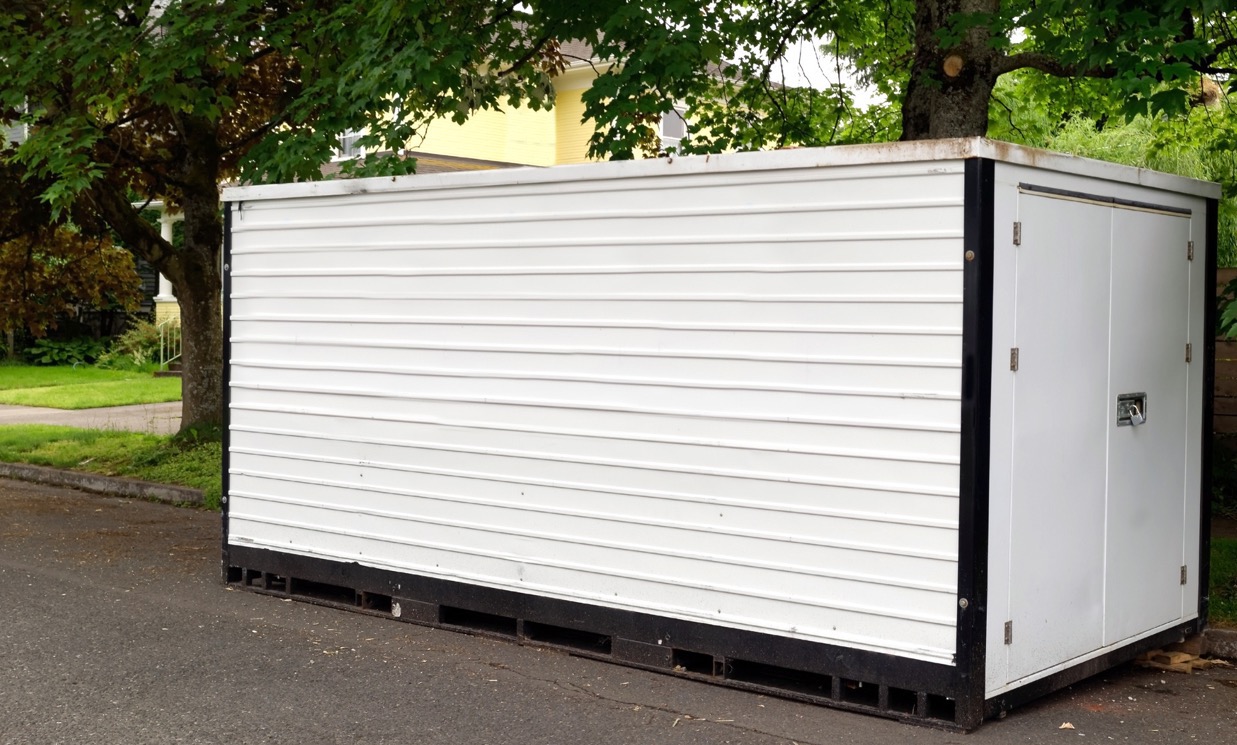
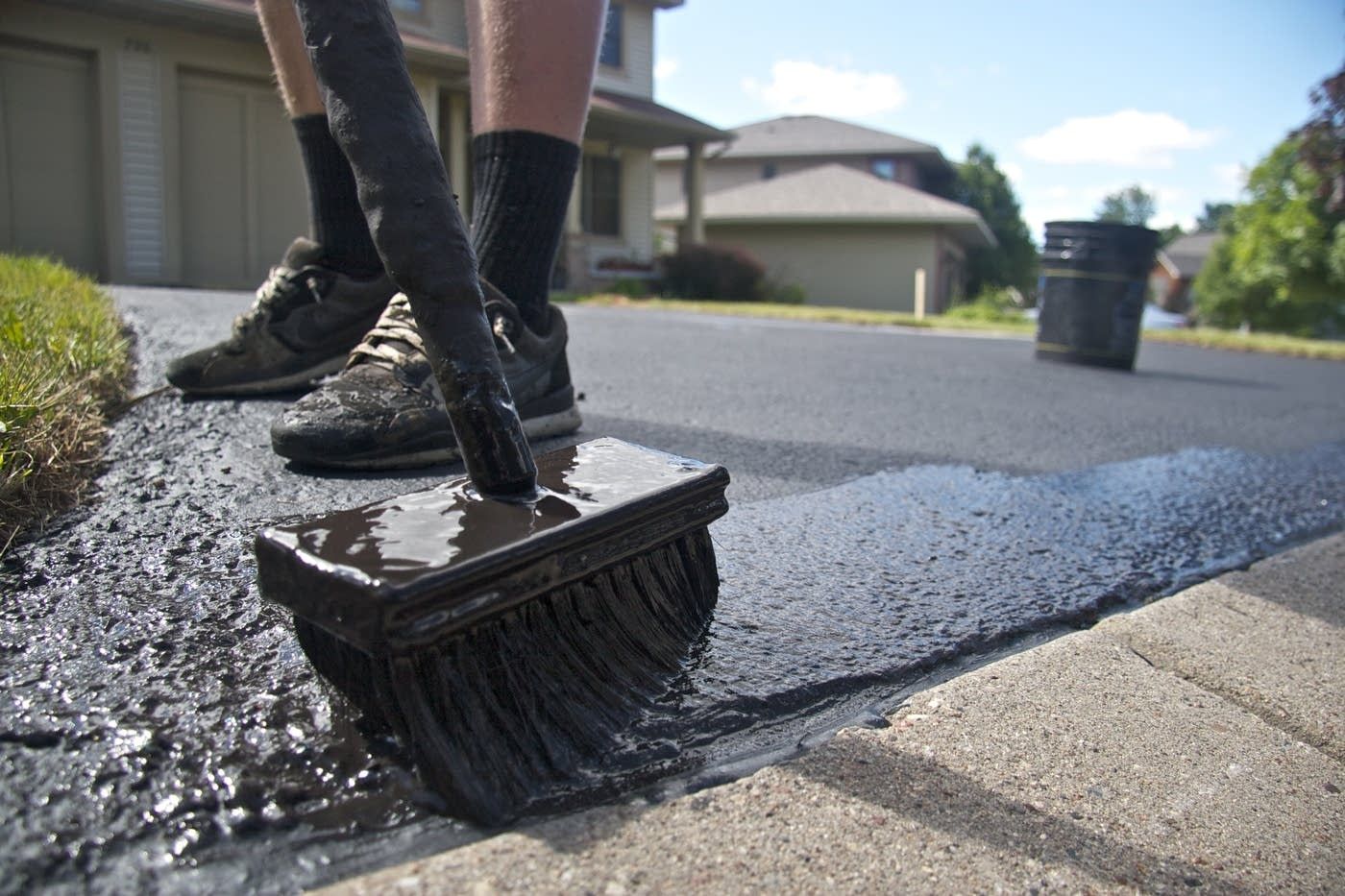

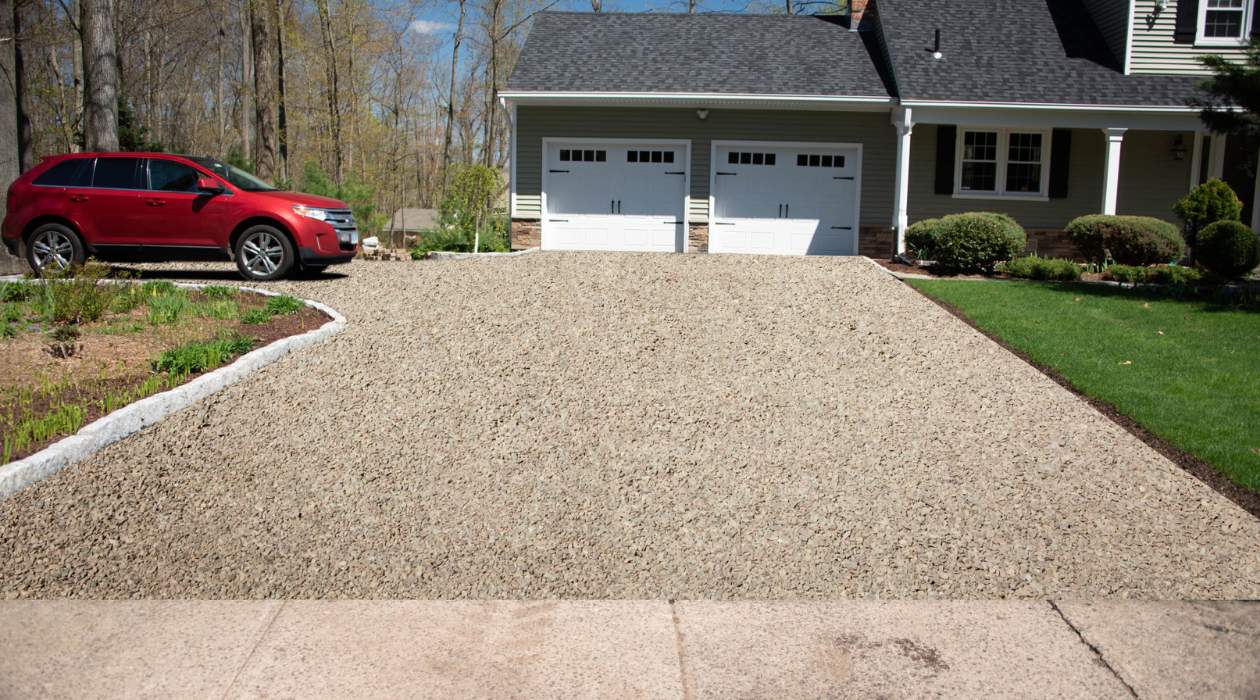

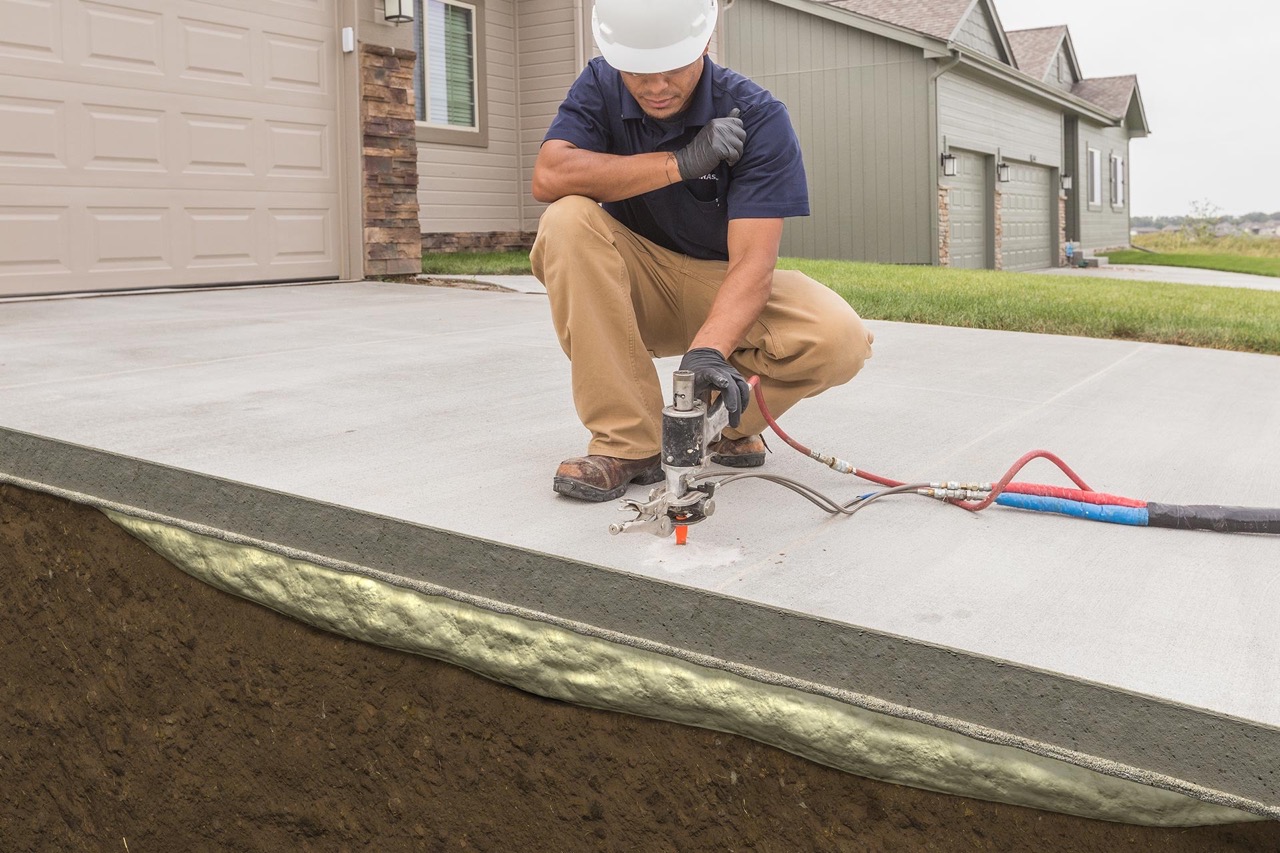
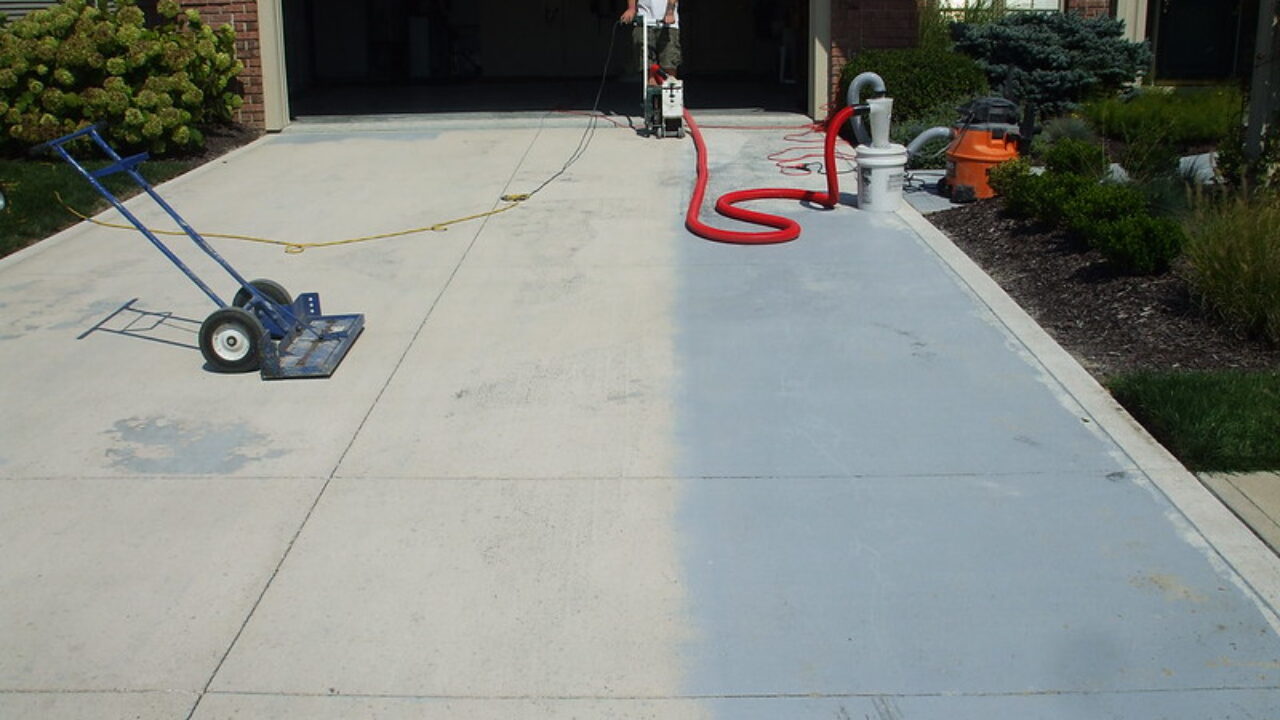
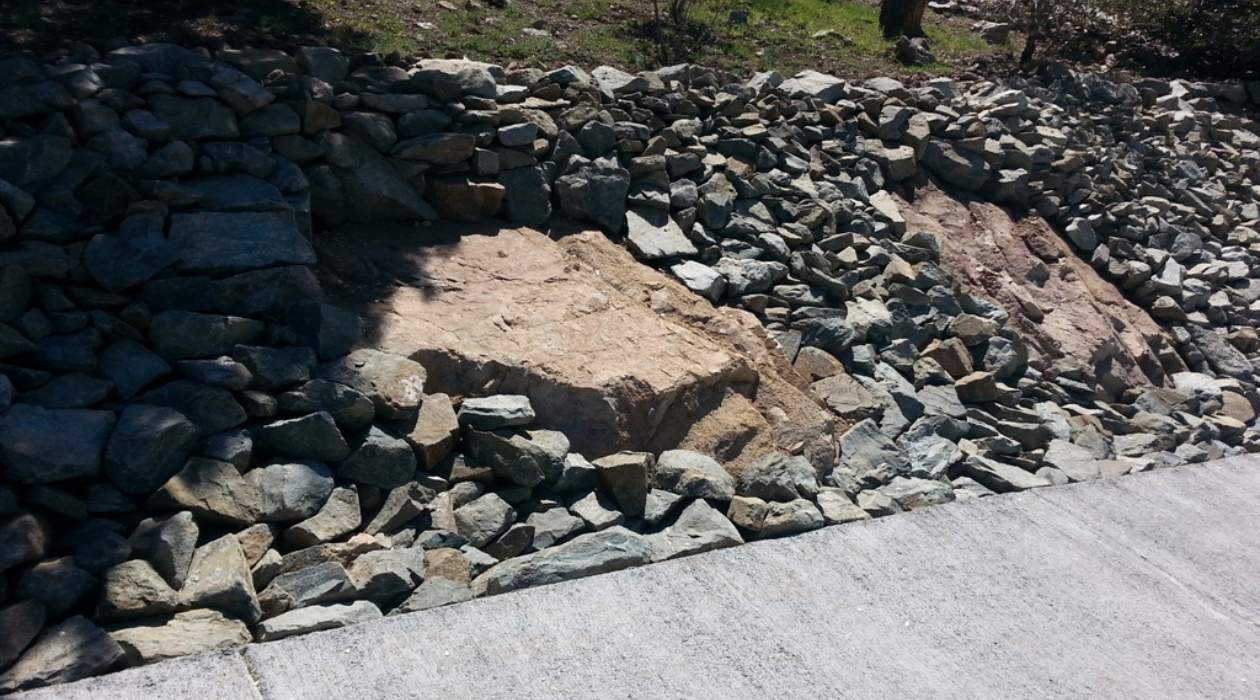

0 thoughts on “How Long Before You Can Drive On A New Concrete Driveway”